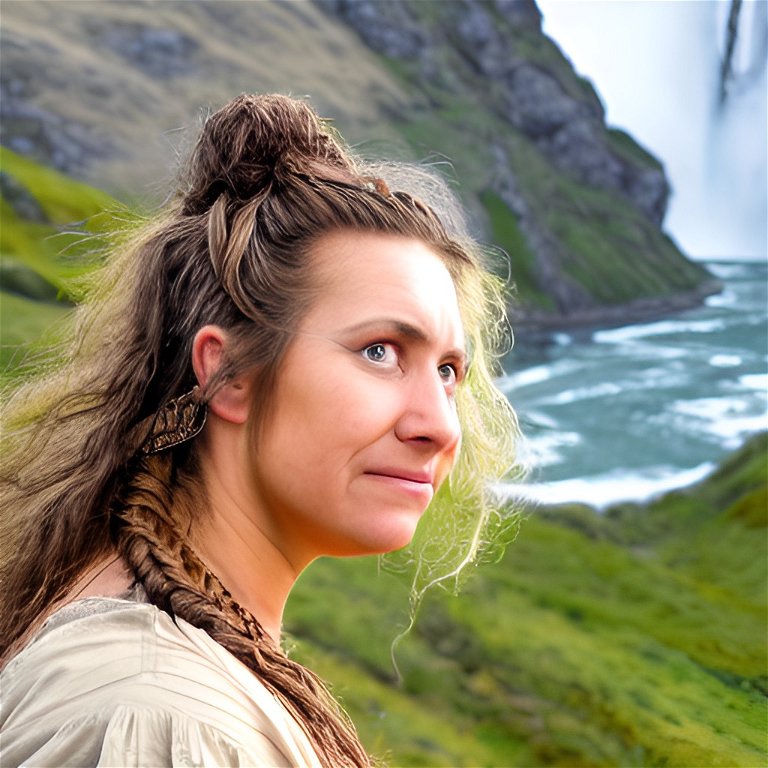
As I have written on several occasions, I spend some of my free time reading and indexing Landnámabók (the Book of Settlement). It’s a fascinating read, at least for people who have a compulsion towards collecting names and/or indulging themselves in anecdotes of the Viking Age — so, me, in essence.

My names index is divided into categories (people, animals, things) and sub-divided into female and male names. Genealogy is not relevant to me at this moment, nor is answering the question who the first settlers and their families were (because there were more than the frequently cited 430-odd settlers. They brought their families, servants and friends). These topics have been thoroughly researched.
What I am interested in are a couple of other things
- Which names are mentioned in Landnámabók? Both of people in Norway, Iceland, Shetland or wherever. Just contemporary names, names known to the author of Landnámabók. To that end, I index each person with all available bynames, patronyms and matronyms, and in absence of that, their relation to a significant other person, so I can tell them apart, and not index the same person twice. I do that so that I can count occurrences of names in the end, and find common characteristics.
- The short anecdotes of everyday life that reveal themselves during a close read of Landnámabók. Most Old Norse scholars are familiar with the story of Skálm, Sel-Þórir’s mare, and the way a supernatural sea-man (marmennill) gave instructions on how to let her find a suitable place for settling. As intriguing as that story is, Landnámabók hosts so many more, and while I index the names, I highlight them. In the above screenshot, you can see several anecdotes I find interesting:
- Rúnólfur has the patronym byskupsson=son of the bishop. So there was a title used in a patronym. Something similar happens with Geirríðr: to identify her, her father’s byname is used instead of the given name (his name is Þórólfr and he is called bægifótr because of an injury he sustained in a duel).
- Ásdís was married twice.
- Þúríðr and Þorgrímr had fifteen children.
- Gunnlaugr was studying with Geirríðr, but got sick and died while doing so, and his father Þorbjörn the Fat blamed Geirríðr for witchcraft. I don’t understand the words yet that describe the following justice procedure: „tólftarkvöð“ and „vinna eið at stallahring“, but I will come back to this paragraph sometime and research the terms.
- I’m also looking for records documenting Irish, Gaelic, Celtic, etc. (in a broader sense: non-Nordic) people in the settlement period. (Read more about diversity in the Viking Age here.)
As you can see, a lot of inspiration for my viking characters can come from Landnámabók alone. And I’m really looking forward to the complete list of people mentioned in Landnámabók, but I’m only ¼ through and I only work on it occasionally while sipping coffee.
Please note that the text I’m working with is modern Icelandic. I’d prefer working with a normalized Old Norse version but didn’t find one and now I’m too far in to switch.


